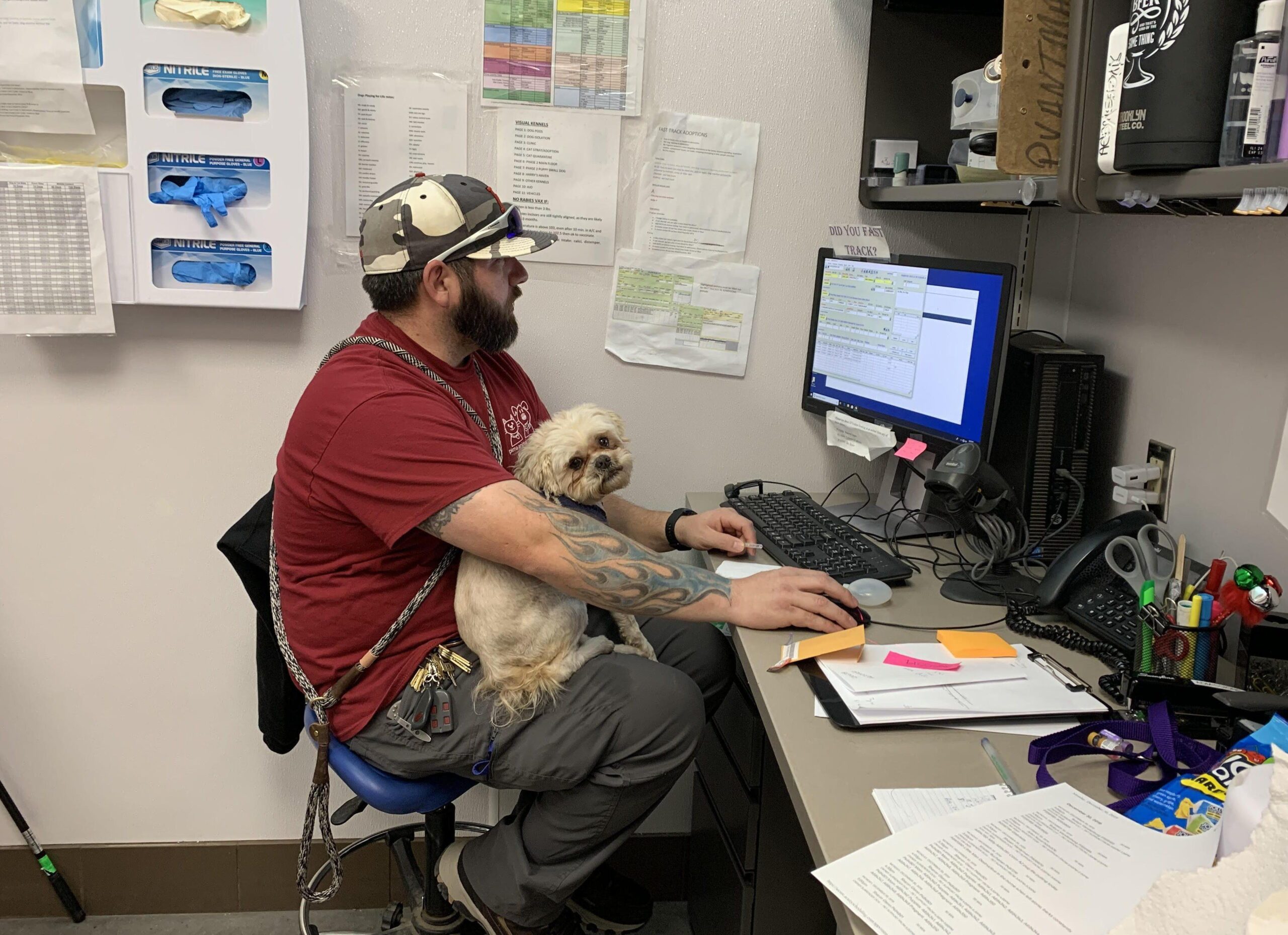Working at an animal shelter is an experience filled with a mosaic of emotions. It offers a unique glimpse into the world of animal welfare that many people might not fully comprehend. The promise of job satisfaction, paired with the arduous workload and emotional toll, reflects a landscape that is both rewarding and challenging. For anyone considering this vocation, it is essential to understand what lies beneath the surface of such a noble profession.
At the heart of animal shelter operations lies a commitment to the well-being of rescues. Animal shelter employees and volunteers nurture lost, abandoned, or abused animals, striving to provide them with safety and rehabilitation. On a typical day, the shelter is a bustling hive of activity. Employees engage in various critical tasks, including feeding, cleaning, and exercising the animals. These responsibilities are often unglamorous; however, they are foundational to ensuring that animals remain healthy and happy.
For individuals less familiar with the realities of farm animals or pets, the sheer diversity found in a single shelter can be astounding. From dogs and cats to rabbits and reptiles, each animal has its own story, personality, and needs. These nuances require staff to develop a keen observational ability to tailor care to the unique traits of each creature. Nurturing this understanding involves not just a love for animals but also an analytical mindset that encompasses behavioral cues and environmental enrichment.
Communication skills are paramount in this environment. Employee interactions are not solely with animals but also with adopters, potential adopters, and volunteers. Articulating the needs and temperament of an animal requires diplomatic finesse. Describing an anxious dog to a prospective owner, for instance, demands that one effectively communicates the animal’s needs while fostering enthusiasm for adoption. This delicate balance forms the crux of what it means to be a shelter employee.
One cannot ignore the emotional weight that accompanies this line of work. The sight of an animal in distress can tug at the heartstrings, evoking profound feelings of empathy. As much as the job offers the opportunity for joyful moments—such as seeing a previously frightened animal find a loving home—there are also gut-wrenching experiences. Instances of neglect and abuse encountered on the job can lead to burnout. For this reason, resilience is a crucial trait for shelter workers, who must draw on their inner fortitude to push through the emotional tribulations inherent in animal welfare.
Team dynamics play a pivotal role in the overall atmosphere of a shelter. Collaboration among coworkers fosters a sense of camaraderie that is both uplifting and necessary, given the daily challenges faced. Everyone from the vet technicians to the administrative staff contributes to creating a cohesive environment. Team members provide each other with emotional support, which is vital given the gravity of the situations they often confront.
Moreover, working at an animal shelter cultivates an acute sense of responsibility. Employees are constantly reminded of the fragility of life and the critical impact they can make. This awareness catalyzes a drive to advocate for animals in need, motivating individuals to learn more about local legislation, community resources, and national animal rights issues. Employees often find themselves acting as ambassadors, educating the public on spaying and neutering, responsible pet ownership, and the importance of adoption. This transition from caretakers to advocates amplifies the vital role shelters play in communities.
Interestingly, the skill set gained through shelter work transcends the realm of animal care. Employees acquire valuable soft skills, including time management, conflict resolution, and empathetic communication. A day in the life at a shelter requires the juggling of various tasks, each competing for attention. This constant demand for prioritization sharpens one’s ability to manage time effectively—a skill that proves beneficial in any career.
The opportunity for personal growth also looms large. Working with animals fosters a deep sense of purpose that can elevate one’s personal and professional journey. Many individuals who have engaged with the shelter environment find themselves inspired to impact legislation surrounding animal rights, leading them toward roles in animal advocacy, education, or nonprofit management. This transformative experience is a hallmark of employment at an animal shelter, dispelling the notion of a mere job and instead revealing a vibrant calling.
As curious individuals ponder the idea of delving into the world of animal shelter work, they should consider both the harmonious symphony of compassion that permeates these environments and the silent undertones of struggle that often accompany the work. Those who are driven not only by a passion for animal welfare but also by a need for profound purpose will likely find shelter work to be a life-altering pursuit.
In conclusion, the experience of working at an animal shelter offers an unparalleled insight into the animal welfare movement. It challenges notions of mere employment, inviting individuals to join a collective mission dedicated to saving lives. Fostering a deep appreciation for both the joys and struggles present within this reality fosters a renewed perspective, piquing curiosity towards a topic that is both intricate and essential. This profession stands as a testament to human compassion—a realm where every day brings the possibility for healing, advocacy, and hope.






